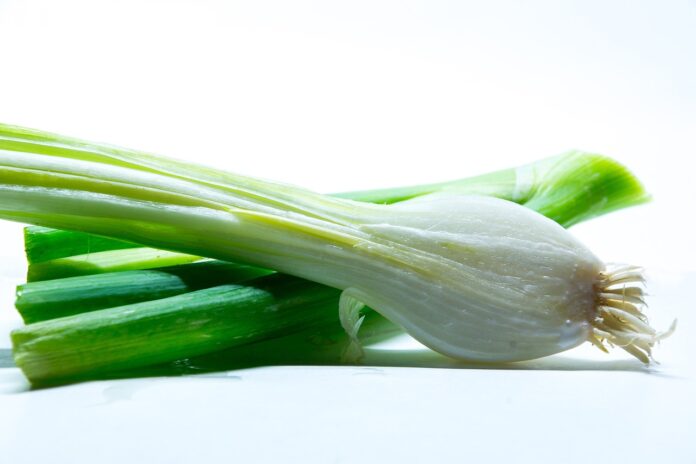Leeks (Allium ampeloprasum var. porrum) are a vegetable in the Allium family, which also includes onions, garlic, shallots, and chives. Known for their mild, sweet onion-like flavor, leeks are an essential ingredient in many cuisines, particularly European and Mediterranean dishes.
Interesting Facts About Leeks:
- Family and Origin: Leeks belong to the lily family and are native to the eastern Mediterranean but are now cultivated worldwide
- Historical Cultivation: Leeks have been cultivated for over 3,000 years and were consumed in ancient Egypt and Greece
- Roman Connection: Emperor Nero was nicknamed “Porophagus” (leek eater) as he believed leeks enhanced his singing voice
- Welsh Symbol: Leeks are a national symbol of Wales, and soldiers under King Cadwallader wore them in their helmets during battles to distinguish allies
- Unique Structure: The leek’s edible part, called the “shank,” is a bundle of tightly wrapped leaves forming a pseudostem
- Cold-Weather Crop: Leeks are extremely cold-tolerant, with some varieties surviving multiple frosts
- Growth Time: Leeks take 5–6 months to mature and thrive in fertile, well-drained soil
- Nutritional Value: Rich in vitamins A, C, K, and B, along with minerals like potassium and iron, leeks are a nutritious food
- Low Calorie: Despite being nutrient-dense, leeks are low in calories, making them a great choice for weight management
- Seasonality: Typically harvested in fall and winter, some varieties are bred for summer availability
- Storage: When refrigerated properly, leeks can last up to two weeks
- Edible Parts: While the white and light green parts are commonly used, the dark green tops are great for making stocks
- Gourmet Ingredient: Leeks are featured in high-end cuisines for their delicate flavor and visual appeal
- Sustainable Growth: Though pesticides are used, organic and locally sourced leeks offer eco-friendly options
- Ancient Myths: In the Middle Ages, girls placed leeks under pillows on St. David’s Day to dream of their future husbands
- Vichyssoise: This famous chilled soup of potatoes and leeks was created by a French chef in New York
- Cock-a-Leekie Soup: A traditional Scottish dish made with chicken, leeks, and prunes
- Plant Characteristics: Leeks grow up to 4.9 feet tall with strap-shaped leaves and spherical flower umbels
- Biennial Lifecycle: Leeks complete their life cycle in two years, but they are often harvested earlier for food
- Self-Pollinating: Leek flowers can self-pollinate if insects are unavailable
- Ease of Growth: Leeks are easy to cultivate, making them ideal for beginners
- Diuretic Properties: Historically, leeks were used as a natural diuretic to eliminate toxins
- Leek Tops for Compost: Leftover leek parts enrich compost piles
- Popularity in France: Leeks are a staple in French cooking, often paired with butter and cream
- Green Pigment Suppression: During growth, soil is heaped around leeks to keep the lower portion white and tender
- Cultural Celebrations: Leeks are prominently featured in Welsh festivals, reflecting their deep cultural ties
